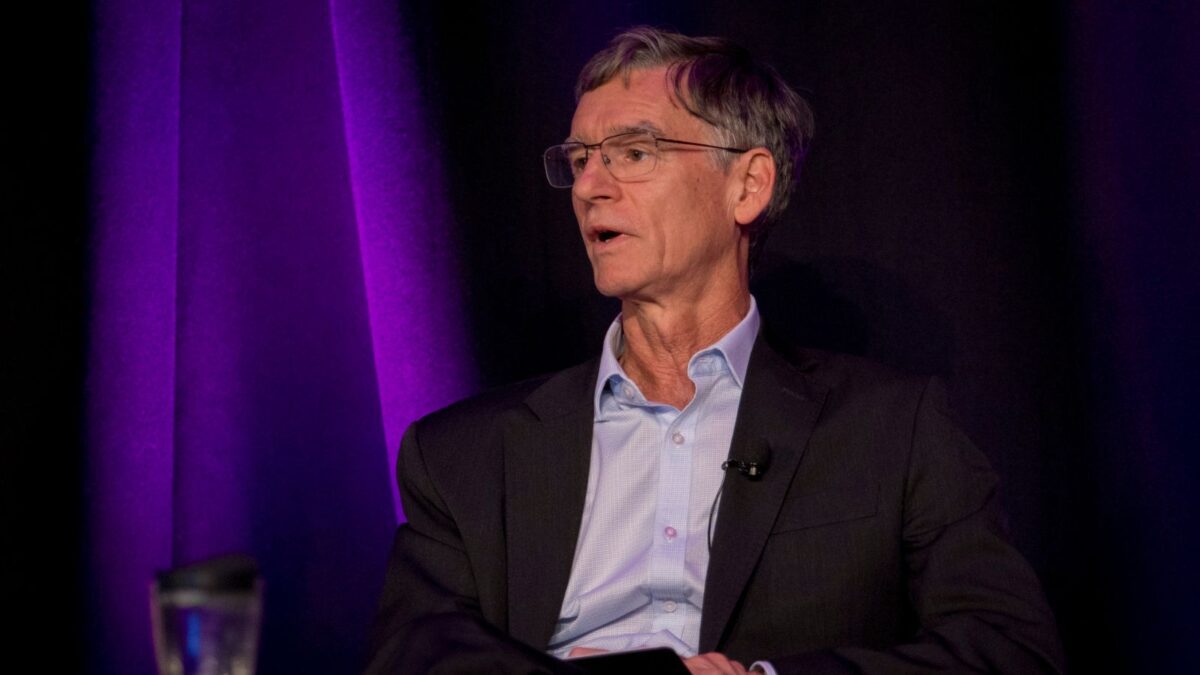Loans provide added appeal in the search for yield
(Pictured: Dan Norman)
In the world of fixed income, not since what is sometimes referred to as the ‘cult of equities’ got underway in the 1950s – thanks to Harry Markowitz’s Modern Portfolio Theory – has there been such demand and yet such limited supply of product. Everyone is searching for yield and everyone is wary of probably rising interest rates in the US, coupled with a rising US dollar.
Dan Norman runs the world’s oldest loan fund, which, like other alternative bonds, is enjoying a high level of interest from investors. If US rates rise later this year, which is the consensus view, investors need to look outside sovereign bonds for yield. This means including things like high yield bonds and senior bank loans, such as Norman’s strategy and mutual fund, which dates back to 1988.
Norman is a managing director and group head of the Voya Senior Loan Group, based in Scottsdale, Arizona. Voya is the listed company which was formed out of the investment division of the old ING insurance group in the US. As an aside, the company was the second-most successful IPO of 2013, after Facebook.
Senior loans represent an interesting sub asset class in a fixed income portfolio, with different characteristics from both government bonds and high-yield bonds. For instance, they have, on average, about half the volatility of high yield and one-third the volatility of equities. They are seen as a “stable component” of a pension fund’s non-investment grade income stream, Norman said on a regular visit to Australia last week.
Since 1997, when S&P constructed its first loans index, the amount of money invested in loans in the US has risen from US$29 billion to about US$830 billion today. This is up from a previous peak of US$596 billion prior to the global financial crisis.
Norman says that it was not true, as some commentators suggest, that banks have deserted the corporate loan market. “They are very popular for corporate borrowers and the banks are still originating them. They have a lot invested in them.”
There are three components to a senior bank loan: a revolving credit facility, usually for working capital, which is provided by the bank; a ‘term loan A’ for outstanding debt of a short-term maturity; and ‘term loan B’ or the ‘institutional term loan’ which Norman calls “the back-end bullet” that has a longer-term maturity which company needs to pay back, normally in a few years. Norman says the banks are funding the revolver and most of term loan A. If you add in these aggregate components in with the S&P figures you get a total market of between US$1.2-1.3 trillion.
The fall in oil price has knocked some credit managers around. Energy represents about 16 per cent of the high-yield index but only 4.5 per cent of the loans index. Voya’s exposure was just 1.5 per cent in all of its portfolios, Norman says, and what was there was mainly in mid-stream pipelines which have fared better than oil producers. The manager was also out of traditional coal and utilities. “We had very good performance in November and December,” he says.
The separation of Voya’s loan business in Scottsdale, compared with the rest of the company’s investment operation in Atlanta and New York, reflects another interesting aspect of loans as a sub asset class. Managers can elect to either be in the “private market” for bank-collected information, such as the corporate’s cashflows, or to be in the public market and rely on stock market-released information, if the loan is taken out by a listed company, as most are.
Voya elected the private route and therefore has erected a Chinese wall between Norman’s team and the rest of the fixed interest business, as well as a physical distance between the two. With balanced portfolios, the asset allocation decision to loans is made elsewhere and Norman simply feeds his portfolio results into the mix.










